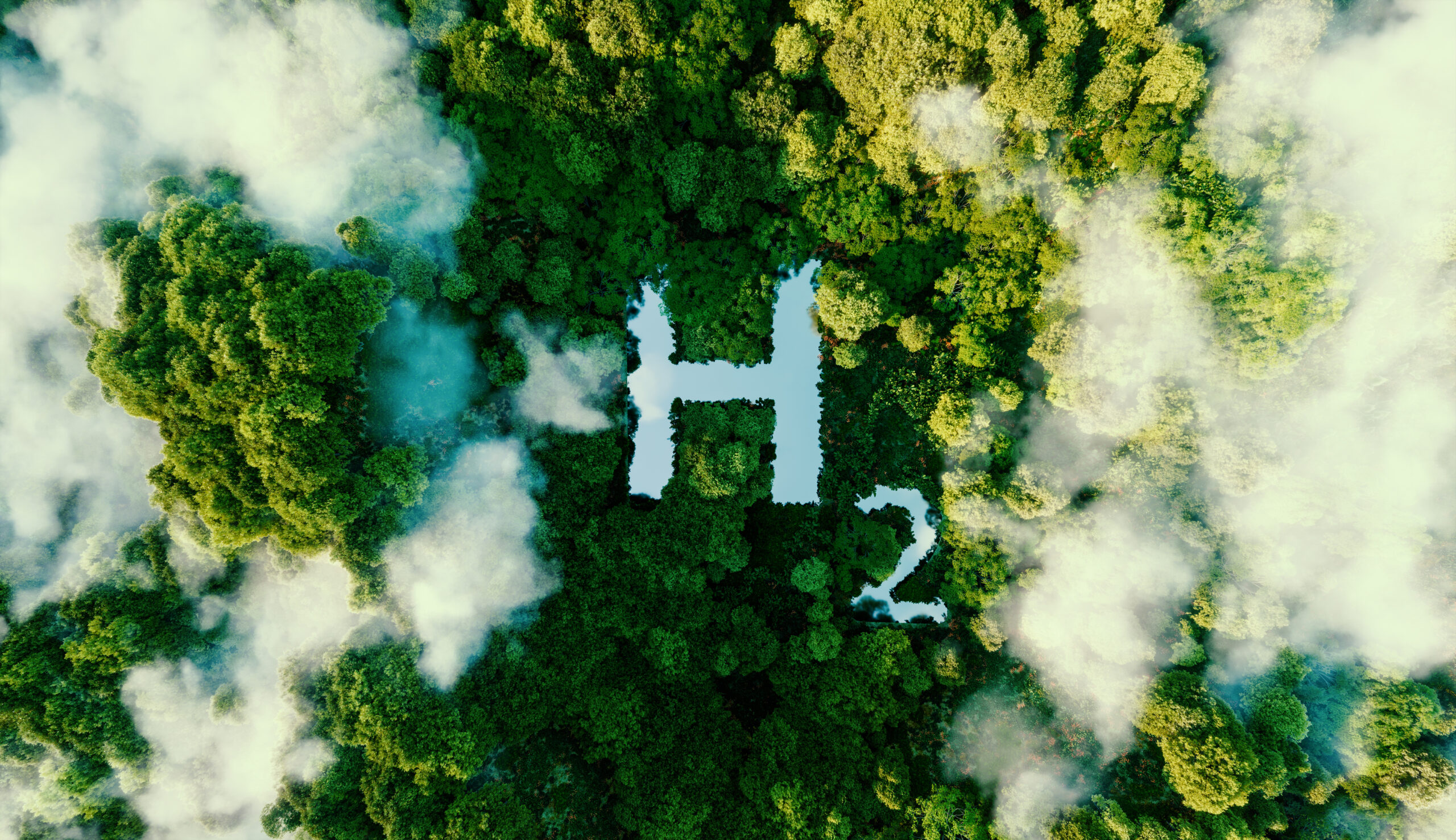Hydrogen is critical in the global push toward decarbonization, particularly to achieve a low-carbon economy. Current hydrogen production processes emit around 1,200 million tons of CO2 annually, accounting for ~3% of global carbon emissions. The majority of the 95 million tons of hydrogen produced in 2022 came from fossil fuels, with natural gas accounting for about three-quarters of the production and coal for nearly one-quarter (low-emission hydrogen represents just 0.7% of the total hydrogen demand globally) [1,2].
As India seeks to diversify its energy portfolio and combat climate change, the potential of hydrogen as a clean and sustainable energy vector is gaining significant attention. Among various hydrogen production methods, natural hydrogen (also known as geological, native, white, or gold hydrogen), stands out as a promising yet relatively unexplored avenue.
Understanding Natural Hydrogen
Natural hydrogen refers to hydrogen produced naturally in the Earth’s subsurface through geological processes. Unlike hydrogen produced through methods such as water electrolysis or steam methane reforming, natural hydrogen is the product of deep-earth reactions—primarily water-rock interactions, radiolysis (breakdown of water molecules under the influence of ionizing radiation, resulting in the production of hydrogen), and the decomposition of hydrocarbons. This form of hydrogen is found in specific natural settings, including deep aquifers, gas fields, and rock formations [3,4]. It accumulates within the rock matrix or exists as free gas in rock fractures and pore spaces.
Global Exploration Efforts
Natural hydrogen exploration has been reported in various countries, including Mali, Turkey, Canada, Colombia, Spain, Australia, Albania, and the United States (US). However, there are no commercially exploitable deposits of natural hydrogen, with the exception of a small well in Mali (West Africa), producing ~5 tons per annum (TPA) of hydrogen used for electricity production.
The discovery in Mali, made in 1987, has continued to drive significant interest, leading to the establishment of over 40 companies, including Koloma (US), Hydroma (Canada), HyTerra & Gold Hydrogen (Australia), focused on extracting the resources with several securing substantial funding [5,6,7]. In fact, Koloma, a start-up based in the US that focuses on innovative methods for discovering and extracting natural hydrogen from underground mineral deposits, raised $245 million in funding from a group of investors, including Amazon’s climate fund [8].
Prospective Sites for Natural Hydrogen in India
Recent studies by institutions such as Indian Institute of Technology (IIT) Gandhinagar (Gujarat) and IIT (Indian School of Mines), Dhanbad (Jharkhand) have predicted promising natural sites for natural hydrogen in India. According to the studies, areas with ultramafic and mafic rocks—such as those in Andaman, Ladakh, and the Himalayan regions, including Manipur and Nagaland—might be potential sites for natural hydrogen deposits. Additional prospective areas include volcanic-sedimentary formations in Bundelkhand, the Dharwar craton, and geothermal sites such as the hot water springs in Ladakh, Jammu & Kashmir, Maharashtra, Sikkim, and Meghalaya[5].
The Feasibility of Natural Hydrogen in India
While the potential for natural hydrogen is vast, its feasibility in India hinges on several critical factors:
- Geological suitability: India’s natural formations, particularly in the states of Assam, Gujarat, and the Deccan Plateau region, may have the potential for natural hydrogen. However, comprehensive studies are required to map the locations, volume, and quality of hydrogen reserves. Natural surveys, seismic imaging, and other geophysical techniques must be deployed to assess the capacity of these formations.
- Technological and economic viability: Extracting natural hydrogen requires advanced technologies, including deep drilling and reservoir management techniques. Currently, the extraction process is costly and technologically challenging. Investment in research and development is essential to reduce costs and improve extraction efficiency. Collaboration with global experts and the establishment of pilot projects could help accelerate technology adoption.
- Infrastructure development: The logistical challenge of transporting and storing natural hydrogen is significant. India’s existing infrastructure, including pipelines and storage facilities, may require extensive upgrades to accommodate large-scale hydrogen production. Public-private partnerships could play a key role in developing this infrastructure.
Primary Challenge
A key challenge in studying natural hydrogen in India is the limited availability of comprehensive and publicly accessible data. In-depth research and exploration are essential to map its distribution, identify occurrence patterns, and develop effective exploration techniques. Inherent capabilities from the oil and gas industry, especially with organizations such as ONGC and Oil India, can be leveraged to develop robust public datasets that would enable further action from other stakeholders, catalyzing exploration and production of natural hydrogen.
Strategic Roadmap
India’s roadmap to harness natural hydrogen must be multi-faceted, incorporating research, policy support, and infrastructure development.
Key steps for realising the potential of natural hydrogen include:
- Landscape assessment and geological mapping: National survey of geological formations to identify regions with the highest potential for natural hydrogen
- Policy framework:
- Robust policy and regulatory framework are essential to reduce risk exploration, extraction, transportation and commercialization of natural hydrogen
- Environmental protection and sustainability will be crucial to ensure responsible development
- Investment in technology:
- Technological breakthroughs in hydrogen extraction, storage, and transportation must be prioritized
- Public and private sector collaboration can foster innovation and help bring down the cost of production
- International cooperation: International collaboration with countries such as the US, Japan, and Canada, who are further along in hydrogen research, could provide valuable insights and enable joint technology development.
References
- IEA, Global Hydrogen Reviews, 2023
- IEA, CO2 emissions in 2022
- H2, CH4, and Hydrocarbon Formation in Experimental Serpentinization
- Radiolytic H2 in continental crust
- Prospects of Natural Hydrogen in India
- The White Gold Rush, Energy Knowledge Institute
- Natural Hydrogen: The Race to Discovery and Concept Demonstration, Natural Society of London
- Bill Gates-Backed Hydrogen Startup Raises $245M in Investments
This article first appeared in Hydrogen India, April 2025, Vol II, Issue 2
Varun Desai
Manager, Xynteo
Bhaskar Jha
Consultant, Xynteo
For further information, follow us on social media (LinkedIn I Twitter), or Contact Us to find out how we can help your leaders and organisation create people and planet-positive impact.



